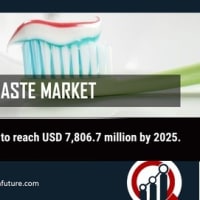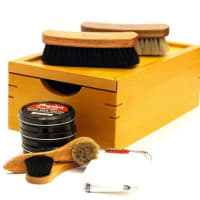Halal cosmetics are innovation to the cosmetic industry which comply with the concept of halal (permissible) materials in cosmetics. The trend of making halal-certified cosmetics has been among the top agendas of players in the cosmetics industry. Market Research Future (MRFR) perceives the global halal cosmetics market to have a noteworthy growth and advance at a CAGR of 13.40% over the forecast period which ends in 2023.
The Global Halal Cosmetics Market was valued at USD 22.74 Bn in 2017 and is expected to surpass USD 52 Bn mark by the end of 2023.
With the surge in Muslim populace across the globe, the demand for halal cosmetics are on the upswing. The Muslim population generally adhere to religious guidelines and halal cosmetics cater to the needs of these consumers.
To capitalize on the massive popularity of halal cosmetics, various multi-national players are making cruelty-free or halal cosmetics to appeal to a wider range of consumers.
Surging awareness regarding animal welfare, social responsibility and environmentally-friendly products coupled with growing trend of veganism has been a major drive for the growth of the global halal cosmetics market. Animal testing for beauty products has been banned in various parts of the world and various public figures have been a critical influence for the market growth. Various celebrities are promoting the use of cruelty-free products which encourage consumers to opt for halal cosmetics.
However, the growth of the market might be hindered by high costs associated with halal cosmetics and lack of standard guidelines for halal certification. Lack of awareness regarding halal cosmetics in underdeveloped regions and lack of affordability might also act as an impediment to the growth of the market.
Segmentation
The Global Halal Cosmetics Market has been segmented based on product type and distribution channel.
Product type-wise, the global halal cosmetics market has been segmented into hair care, skin care, color cosmetics, multifunctional, and others. The skin care segment is the largest segment owing to greater focus on personal care and hygiene. The color cosmetics segment is expected to be the fastest growing segment due to increasing trend of use of color cosmetics among consumers.
By distribution channel, the market has been segmented into store-based and non-store-based. The store-based segment has been further segmented into supermarkets & hypermarkets, convenience stores, and others. The store based segment is currently the leading segment while the non-store based distribution channel is expected to gain momentum over the forecast period.
Access Report Details @ https://www.marketresearchfuture.com/reports/halal-cosmetics-market-6665
Regional Analysis
North America, Europe, Asia Pacific, and the Rest of the World (RoW) are the key markets for halal cosmetics. The North America market for halal cosmetics is considerably large and is driven by presence of a large number of cosmetics companies who are rapidly foraying into the halal cosmetics space. In addition, high disposable income and substantial demand for halal cosmetics owing to growing popularity.
Asia pacific market is slated to be the fastest growing market for halal cosmetics owing to rise in Muslim population across countries such as Malaysia, Indonesia, South Korea, Thailand, and Singapore. Moreover, the untapped markets in the region provide ample opportunities for market growth.
Europe is also a significant market and its growth can be exclusively accredited to the presence of some top-notch cosmetic companies in the region. Moreover, animal testing for beauty-care products is barred in Europe which also creates a conducive environment for the growth of the halal cosmetics market.
The Rest of the World is also expected to fare well in the coming years, especially the Middle East market due to the presence of Muslim-dominated populace in the region and their preference for halal cosmetics.















※コメント投稿者のブログIDはブログ作成者のみに通知されます